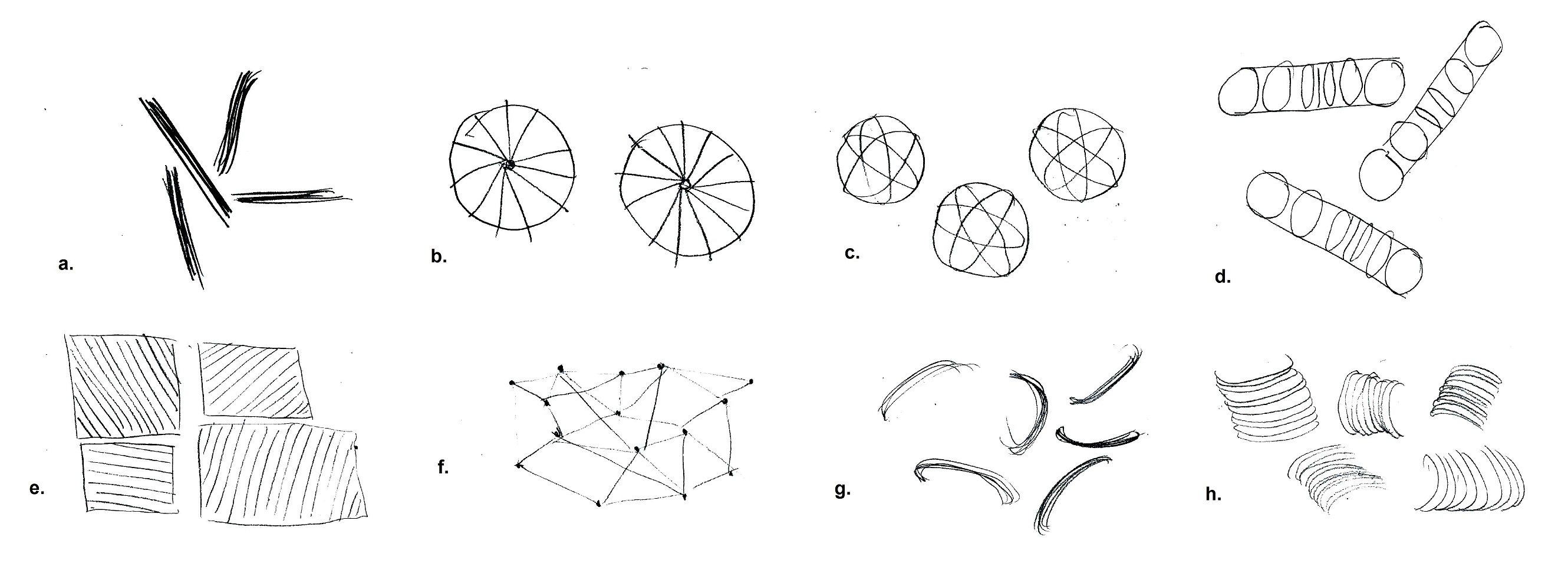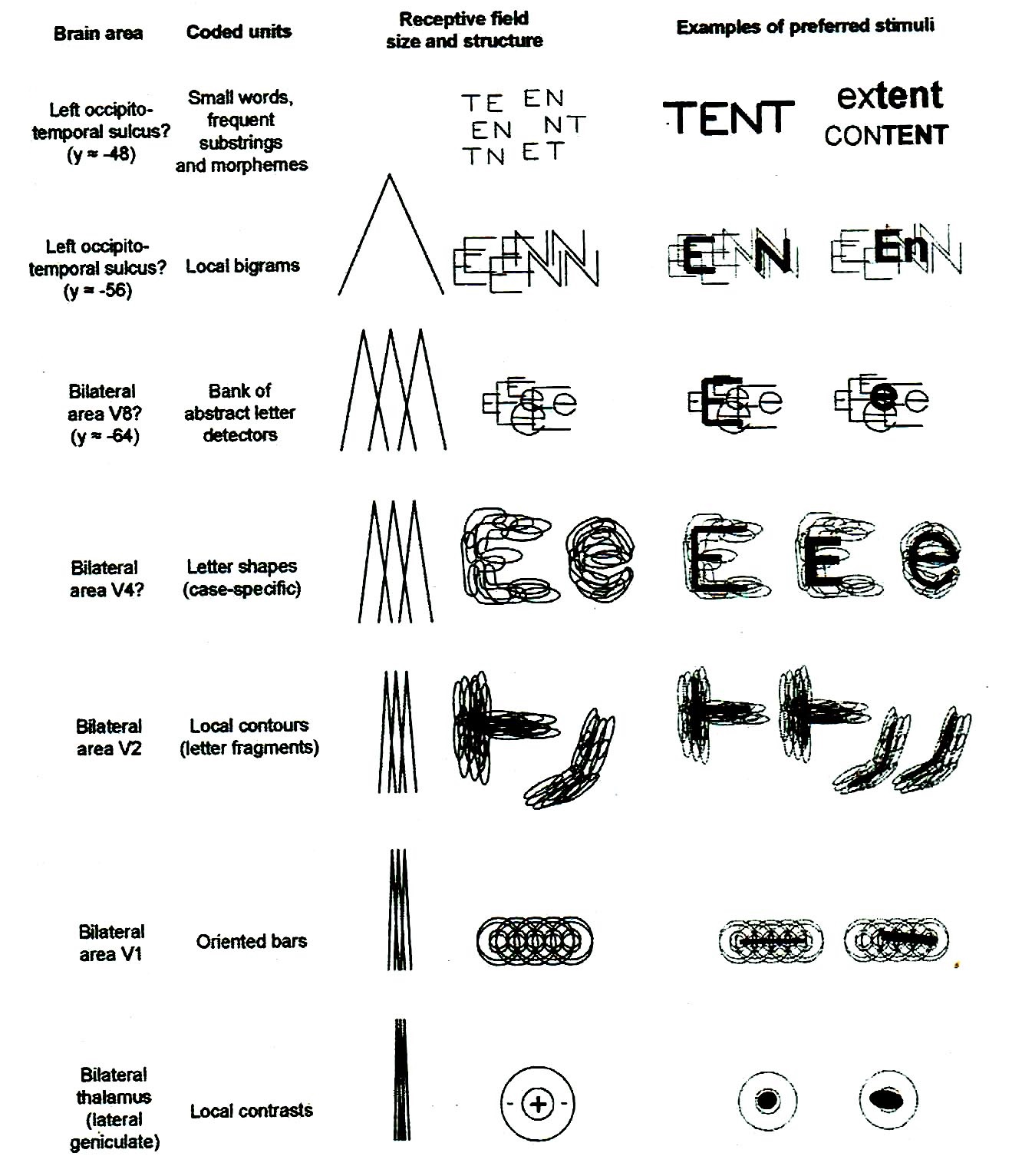RB Warmups: Difference between revisions
No edit summary |
No edit summary |
||
| Line 9: | Line 9: | ||
|- | |- | ||
| colspan="2" | Quick eye-hand warm-up exercises. a. Ten Strokes; b. Cartwheels; c. Atoms; d. Coin Flips; e. Hatching; f. Connect the Dots; g. Half Ellipses; h. Curved Hatching. | | colspan="2" | Quick eye-hand warm-up exercises. a. Ten Strokes; b. Cartwheels; c. Atoms; d. Coin Flips; e. Hatching; f. Connect the Dots; g. Half Ellipses; h. Curved Hatching. | ||
|- | |||
|} | |||
To these exercises I have added the following: | |||
{| class="infobox" cellspacing="5" style="width: 12em; text-align: left; font-size: 100%; line-height: 1.5em;" | |||
! colspan="2" class="infobox-image" | [[File:_drawing_warmups_2_hi_f.jpg|750px|2nd level warmups]] | |||
|- | |||
| colspan="2" | Quick eye-hand warm-up exercises. a. Zaps; b. Suns; c. Arrows; d. Arrow-Sun. | |||
|- | |||
|} | |||
Performing these exercises forces the eye and hand to work together. They are to be done as quickly as possible to force the eye and hand to work with precision at speed in different orientations. | |||
The first set of patterns reminded me of a set of basis functions with a low spectral frequency. The second set was designed to create some other functions with coordinated movements at higher frequencies. | |||
Compare these figures with an illustration from the book "Reading in the Brain" by Stanislas Dehaene (2009). This figure shows a progression of increasing visual complexity as progressive layers of neurons associate primitive shapes into more complicated shapes in order to recognize letters, pairs of letter, and then whole words. In the book he actually maps out the locations in the brain where these processing steps occur for reading. | |||
We make an analogy between these eye-hand exercises and shape recognition in reading. Supposing the existence of analogous layers of neurons responsible for coordinating eye-hand movement we start with simple movements and then combine them into more complicated forms. | |||
{| class="infobox" cellspacing="5" style="width: 12em; text-align: left; font-size: 100%; line-height: 1.5em;" | |||
! colspan="2" class="infobox-image" | [[File:page_151_from_readinginthebrain.jpg|750px|Deheane figure]] | |||
|- | |||
| colspan="2" | Assembly of simple visual responses into letters and words (from bottom to top) from Dehaene, "Reading in the Brain" pg. 151. | |||
|- | |- | ||
|} | |} | ||
Revision as of 23:45, 1 May 2024
Link to: Category:OSERB
Some warmup exercises are recommended in a Youtube video and are summarized below:

| |
|---|---|
| Quick eye-hand warm-up exercises. a. Ten Strokes; b. Cartwheels; c. Atoms; d. Coin Flips; e. Hatching; f. Connect the Dots; g. Half Ellipses; h. Curved Hatching. |
To these exercises I have added the following:

| |
|---|---|
| Quick eye-hand warm-up exercises. a. Zaps; b. Suns; c. Arrows; d. Arrow-Sun. |
Performing these exercises forces the eye and hand to work together. They are to be done as quickly as possible to force the eye and hand to work with precision at speed in different orientations.
The first set of patterns reminded me of a set of basis functions with a low spectral frequency. The second set was designed to create some other functions with coordinated movements at higher frequencies.
Compare these figures with an illustration from the book "Reading in the Brain" by Stanislas Dehaene (2009). This figure shows a progression of increasing visual complexity as progressive layers of neurons associate primitive shapes into more complicated shapes in order to recognize letters, pairs of letter, and then whole words. In the book he actually maps out the locations in the brain where these processing steps occur for reading.
We make an analogy between these eye-hand exercises and shape recognition in reading. Supposing the existence of analogous layers of neurons responsible for coordinating eye-hand movement we start with simple movements and then combine them into more complicated forms.

| |
|---|---|
| Assembly of simple visual responses into letters and words (from bottom to top) from Dehaene, "Reading in the Brain" pg. 151. |